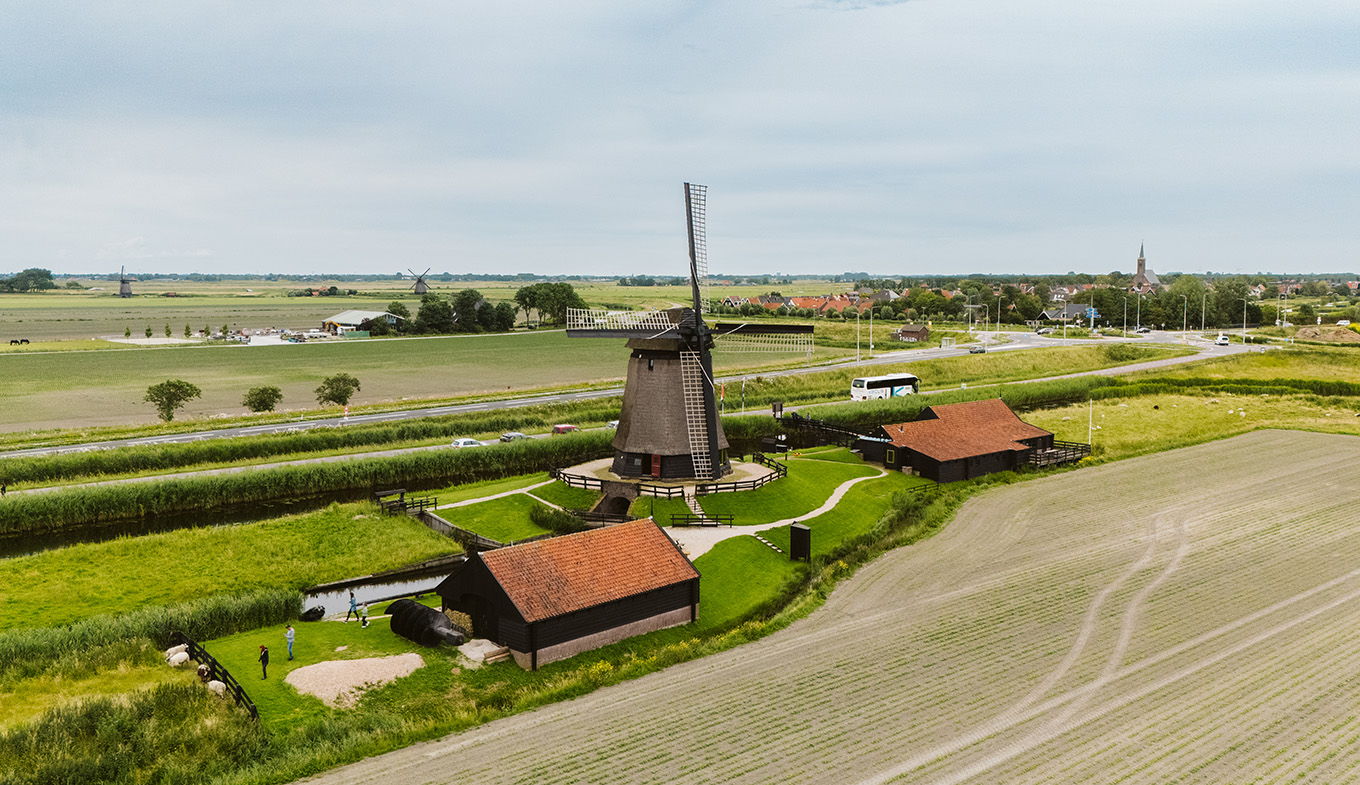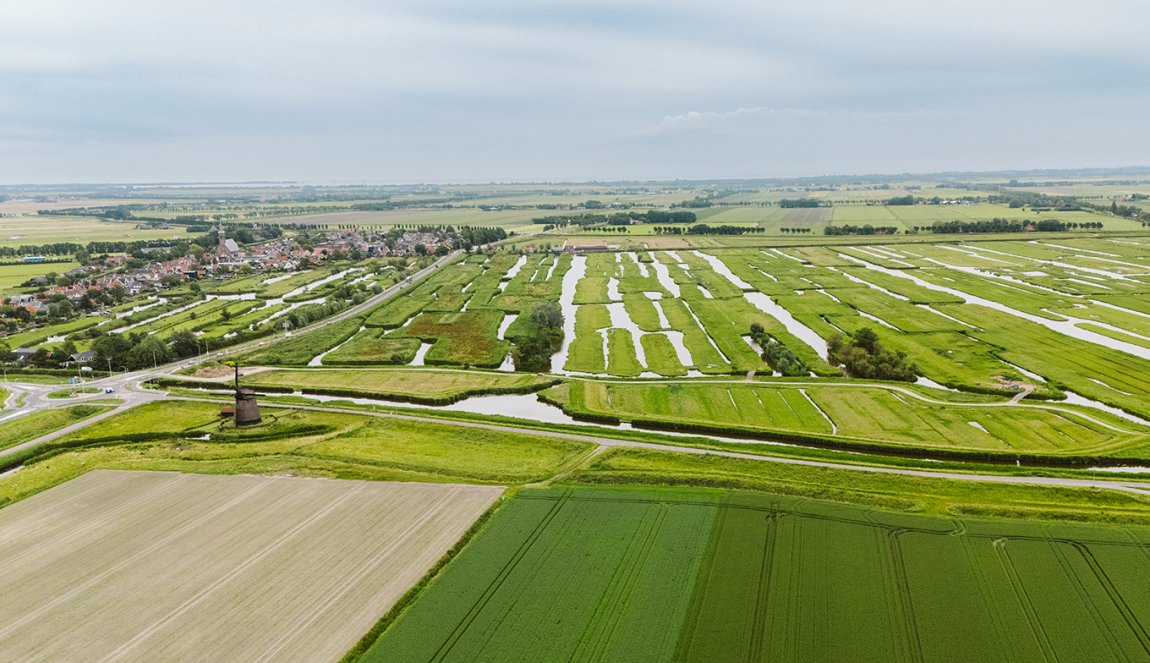
Hydraulic Engineering and World Heritage - Nov. 19, 2024
Hardly any other country in the world can look back on such a long tradition in water management: The history of the Netherlands is marked by the challenges posed by life below sea level and by the innovative solutions with which Dutch people protect their land and make it usable.
From land reclamation to defence technology
Even in prehistoric times, the area of today's Netherlands was shaped by water. The first settlers had to constantly struggle with floods and the threat of the sea. To protect their fields and houses, they built primitive dikes and artificial hills on which they built their settlements. In the Middle Ages, a more systematic and technically demanding phase of water management began, in which monasteries took on a central role in reclamation and dike construction.
The monks in the monasteries often had the knowledge and resources to carry out large-scale drainage projects. These early engineers dug canals and built locks to better control the water. The decisive breakthrough in water management came in the 16th and 17th centuries with the development of the polders. A polder is a piece of land that is cut off from the water by the construction of dikes and then drained to be made usable.

This method enabled the Dutch to gain large areas of fertile land. An example of such a success story is the Beemsterpolder in Noord-Holland. In the early 17th century, the inhabitants decided to turn the swampy land of the Beemsterpolder into fertile farmland. With the help of 52 windmills that pumped the water out of the polder, they managed to drain the area and use it for agriculture, which was economically significant.
Today, the Beemsterpolder is a symbol of the innovative power and know-how of Dutch engineers of that time. Due to its historical and cultural importance, it was added to the UNESCO World Heritage List in 1999. The Dutch showed that masses of water can also be used for defence in the 80 Years' War against the Spaniards. The so-called Dutch Waterline, a masterpiece of the 17th century, was intended to protect the country from invasions.
Thanks to a sophisticated system of locks and the use of natural terrain, large areas could be flooded in a targeted manner in order to ward off attackers. In 1672, for example, the army of the French Sun King Louis XIV was stopped by flooding a large area of Holland and turning it into an island. This creative defence mechanism ensured the independence of the Dutch. In 2021, the Dutch Waterline was added to the UNESCO World Heritage Site of the Amsterdam Defence Line, collectively known as the Dutch Waterlines.

In view of today's challenges of climate change and rising sea levels, the Woudagemaal in the province of Friesland remains a living example of innovative water management strategies. The historic steam pumping station was put into operation in 1920 and designed by engineer Dirk Frederik Wouda. It is the largest steam pumping station in the world that is still in operation and is used to pump the excess water from the Frisian canals and lakes into the IJsselmeer during storms.
The Woudagemaal helps prevent flooding and regulate water levels, and has been a UNESCO World Heritage Site since 1998. The imposing building attracts around 40,000 visitors every year, who can explore it on guided tours. This legacy continues to shape the Netherlands today and serves as a role model worldwide for dealing with the challenges of climate change and rising sea levels.